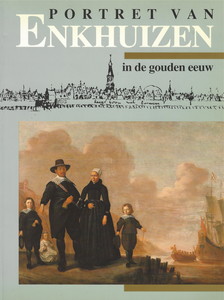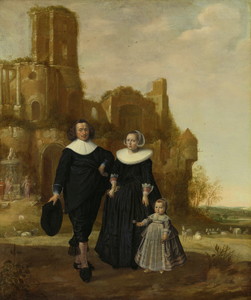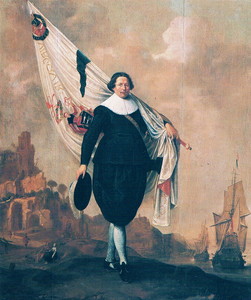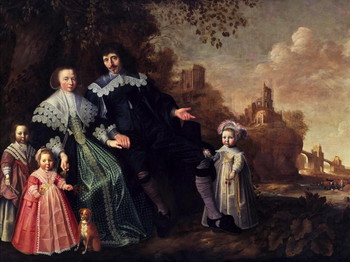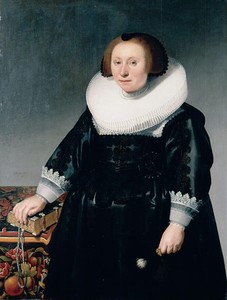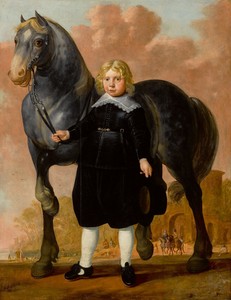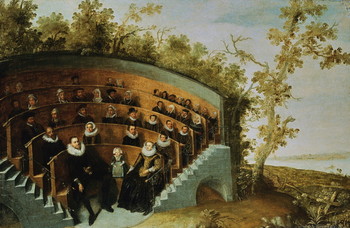Herman Doncker
An ensign from Enkhuizen
Oil on panel : 86 X 72 cm
Monogrammed and dated “HD 1641”
Private collection
This is a comparative item
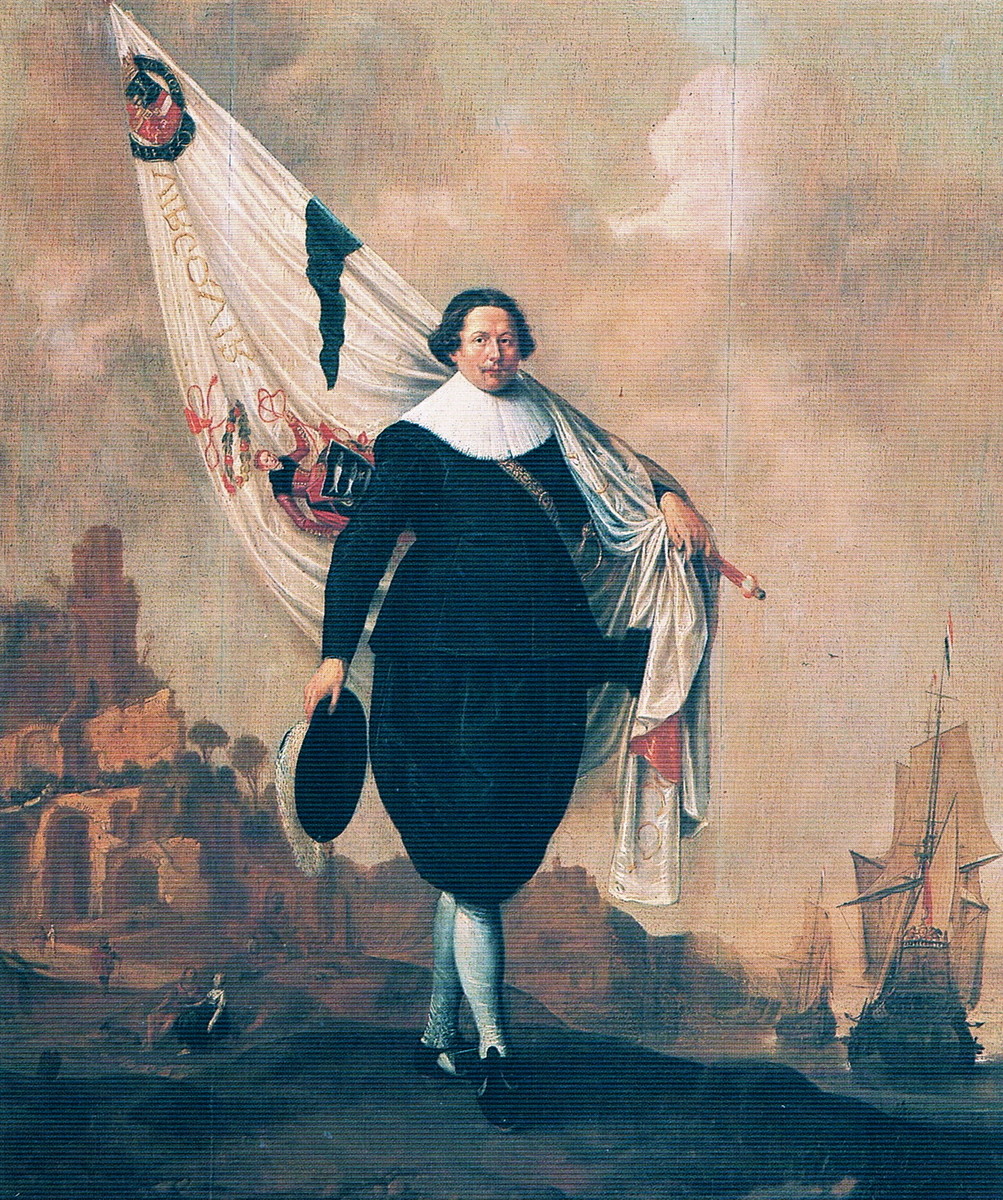
Painting for Sale
About Herman Doncker
Dutch painter
Hoorn, 1595 – circa 1650/51, probably in Enkhuizen
His name is sometimes spelt Herman Mijnerts or Meindertsz. Doncker.
Doncker is documented as a painter in two towns:
- in Haarlem (an important economic centre some 15 km W. of Amsterdam);
- in Enkhuizen (a port town on the ‘Zuiderzee’ some 40 km N.E. of Amsterdam).
He married in 1619 in his native Hoorn, 20 km SW of Enkhuizen.
Herman Doncker joined the Guild of Painters in the city of Haarlem in 1634. His earliest dated works are from that very year. In 1635 he is still documented in Haarlem. All of Doncker’s dated genre scenes are from the period 1634/1636. By 1636 he might already have lived in Hoorn or maybe in Edam, where he had an important commission. In the period between 1641 and 1646 he lived in the town of Enkhuizen. He must have arrived before 1640 and remained here well after 1646. In West-Friesland he specialised into portrait painting. His last dated work is from 1650.
Doncker regularly signed his paintings, either in full, or with his ‘HD’ monogram.
There is a clear stylistic difference and evolution in the paintings of Doncker:
- his early paintings, made during his stay in Haarlem, and possibly in Hoorn or Edam, around the middle of the 1630-ies can be considered modern for their days. Although not a large town Haarlem was one of the most important cultural centres of Holland during the Golden Age of the 17th century; it housed an incredible number of very important painters such as Frans Hals, Hendrick Goltzius, Hercules Seghers, Esaias van de Velde, Jan van Goyen, Jan Miense Molenaer, Judith Leister, Adriaen Brouwer, the van Ostade brothers, the Ruisdael-Ruysdael family, Pieter Claesz., Willem Heda and many more.
- the second and largest group of paintings date from the 1640-ies, when Doncker lived in Enkhuizen, a smaller town whose population favoured an old fashioned stiffness of portrait paintings typical of this Northern part of Holland. Our painting dates from this period.
Comparative paintings
Click photos for more details

